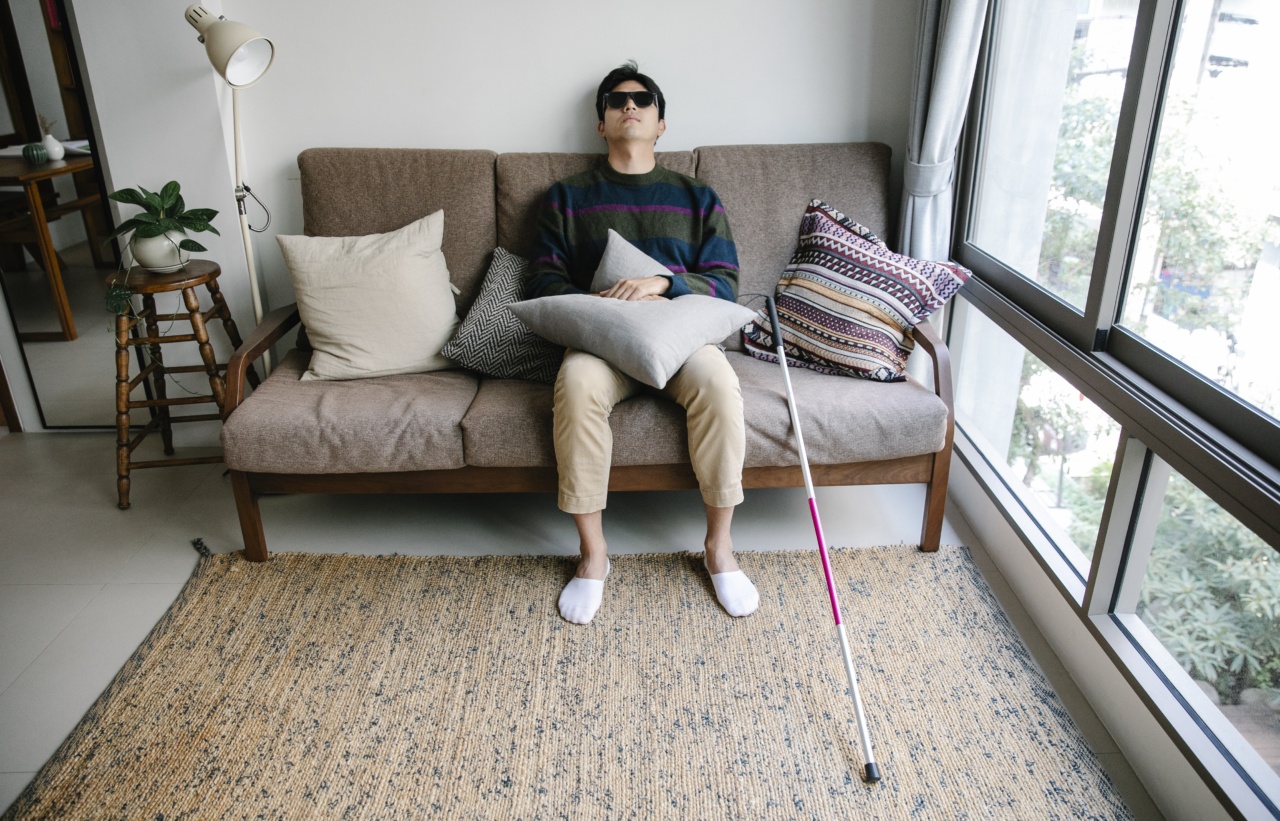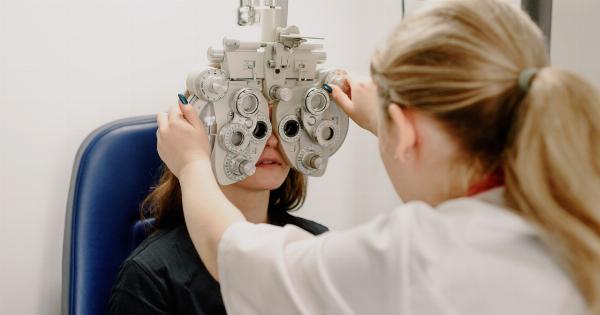Systematic Wolf Erythematosus (SLE) is an autoimmune disorder that affects various organs and tissues in the body. It occurs when the body’s immune system attacks healthy tissues instead of fighting off foreign invaders like viruses and bacteria.
SLE is chronic and can have a profound impact on the quality of life of those who suffer from it.
This guide provides information for individuals living with SLE, including tips for managing symptoms, treatment options, and lifestyle changes that can help you cope with this chronic condition.
Understanding SLE
SLE is a complex disease that can affect different parts of your body. Some of the most common symptoms of SLE include:.
- Fatigue and weakness
- Fever and chills
- Joint pain and swelling
- Butterfly-shaped rash over the cheeks and nose
- Skin lesions that appear or worsen with sun exposure
- Pleurisy – inflammation of the lining of the lungs
- Pericarditis – inflammation of the lining surrounding the heart
- Raynaud’s phenomenon – a condition that causes the fingers and toes to turn white or blue in response to cold temperatures or stress
- Kidney problems
SLE symptoms can be mild or severe and can vary from person to person. Some people with SLE may experience flares, which are periods of increased disease activity, followed by periods of remission when the disease is less active.
Managing SLE Symptoms
SLE is a chronic condition that requires ongoing management. However, with proper treatment and lifestyle changes, it is possible to live a full and productive life with SLE. Here are some tips for managing SLE symptoms:.
1. Follow a healthy and balanced diet
Eating a healthy and balanced diet is important for individuals with SLE. A diet rich in fruits, vegetables, and lean protein can provide the nutrients your body needs to stay healthy.
Avoid processed foods, refined sugars, and foods high in saturated and trans fats. It’s also important to stay hydrated by drinking plenty of water.
2. Get plenty of rest
Fatigue is a common symptom of SLE. It’s important to get plenty of rest and avoid overexertion, especially during times of increased disease activity.
Establishing a regular sleep routine and avoiding caffeine and alcohol before bedtime can help improve sleep quality.
3. Manage stress
Stress can trigger flares in people with SLE. Finding ways to manage stress, such as practicing relaxation techniques like yoga or meditation, can help reduce the frequency and severity of flares.
4. Protect yourself from the sun
UV rays from the sun can trigger skin lesions and flares in people with SLE. It’s important to protect yourself from the sun by wearing protective clothing, including hats and long sleeves, and using sunscreen with an SPF of at least 30.
5. Take medications as prescribed
There is no cure for SLE, but medications can help manage symptoms and prevent organ damage. It’s important to take medications as prescribed by your healthcare provider and to report any side effects immediately.
6. Stay active
Regular physical activity can help improve overall health and manage SLE symptoms. Low-impact activities like swimming, walking and yoga can be effective without putting too much strain on your joints.
Treatment Options for SLE
There is no cure for SLE, but medications and lifestyle changes can help manage symptoms and improve quality of life. Your healthcare provider may prescribe one or more of the following medications:.
1. NSAIDs
Nonsteroidal anti-inflammatory drugs (NSAIDs) can help relieve joint pain and reduce inflammation. Over-the-counter NSAIDs like ibuprofen and naproxen can be effective, but prescription-strength NSAIDs are also available.
2. Corticosteroids
Corticosteroids like prednisone can help reduce inflammation and suppress the immune system. However, long-term use of corticosteroids can have serious side effects, such as osteoporosis, weight gain and an increased risk of infections.
3. Immunosuppressants
Immunosuppressants like methotrexate and azathioprine can help suppress the immune system, and are often used in combination with corticosteroids.
These medications can also have serious side effects, such as an increased risk of infections and liver damage.
4. Biologics
Biologics like rituximab and belimumab target specific proteins in the immune system that can cause inflammation. These medications are often used for people who don’t respond to other types of therapy, or who have severe symptoms.
Lifestyle Changes to Help Manage SLE
Along with medications, making certain lifestyle changes can also help manage SLE symptoms and improve overall health. Here are some lifestyle changes to consider:.
1. Quit smoking
Smoking can worsen SLE symptoms and increase the risk of heart disease and other health problems. Quitting smoking can help improve overall health and reduce the risk of complications associated with SLE.
2. Manage stress
Stress can trigger flares in people with SLE. Finding ways to manage stress, such as practicing relaxation techniques like yoga or meditation, can help reduce the frequency and severity of flares.
3. Exercise regularly
Low-impact exercises like swimming, walking, and yoga can help improve overall health and manage SLE symptoms. Regular exercise can also help improve mood, reduce stress and prevent osteoporosis.
4. Get vaccinated
People with SLE are at increased risk of infections, so it’s important to get vaccinated against influenza, pneumonia, and other infectious diseases.
Conclusion
Living with SLE can be challenging, but with proper treatment and lifestyle changes, it is possible to manage symptoms and improve overall health.
By following a healthy and balanced diet, getting plenty of rest, managing stress, protecting yourself from the sun, taking medications as prescribed and making certain lifestyle changes, such as quitting smoking and exercising regularly, individuals with SLE can live full and productive lives.






























